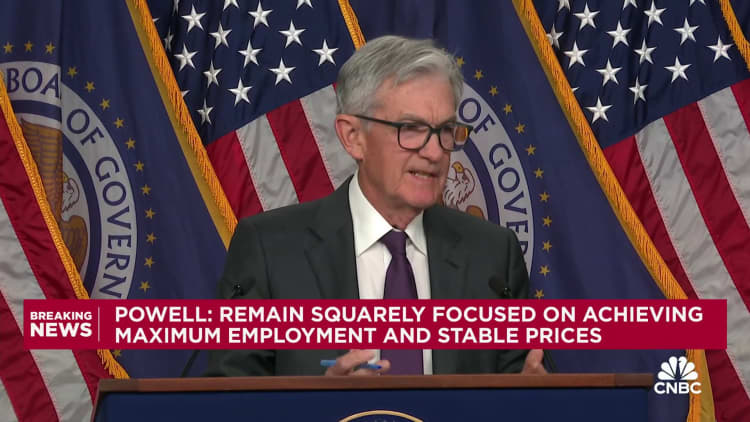The Finance Minister’s Budget Speech for this year described agriculture as “the first engine of growth”, and the Economic Survey also described agriculture and food management as the “sector of the future” (even though it was relegated to Chapter 9 of the Survey). Of course, such official celebration did not prevent the government from cutting down the financial allocations for both in the coming year relative to the estimated outlays in the current year.
This may be because the government has now decided that, notwithstanding the long-standing and valid demands voiced by the farmers’ protests over the past years, agriculture is now doing quite well and does not need government support.
The Economic Survey claims that “In recent years, the agriculture sector in India has shown robust growth, averaging 5 per cent annually from FY17 to FY23, demonstrating resilience despite challenges.”
Of course, this is then immediately contradicted in the next sentences: “In the second quarter of the FY25 year, the agriculture sector recorded a growth rate of 3.5 per cent. This performance represents a recovery compared to the previous four quarters, during which growth rates varied from a modest 0.4 per cent to 2.0 per cent.”
So what exactly has been happening in agriculture? Figure 1 presents the long-term trend in Gross Value Added (GVA) in the primary sector — in which agriculture dominates — relative to total GVA.

While real GVA for the economy as a whole has been more volatile than that of the primary sector, through more than three decades, the average growth of GVA in the primary sector has been significantly lower than that of the economy. As a result, the primary sector’s share in GVA has fallen from 41 per cent in 1990-91 to only 17 per cent currently, even though it still accounts for around half of the recognised work force.
In fact, recent years have seen a revival of workers in agriculture, largely because of the growing numbers of women “unpaid helpers in family enterprises”. The fundamental income gap between agriculture and other sectors has therefore been growing.
Output growth
Despite this, since 2014-15 there has been modest growth of crop production, at a CAGR of 2.1 per cent. Figure 2 shows the index of production for major crops. Cotton has been absolutely stagnant, while cereals (rice and wheat as well as traditional cereals including maize and millets) have displayed slightly higher growth. Pulses grew more rapidly but with more volatility, and oilseeds production has expanded.

Only some of this increase in crop production resulted from area expansion. As Figure 3 shows, the gross cropped area (using three year averages for beginning and end periods) increased somewhat for rice, pulses and oilseeds. It was largely stagnant for wheat and cotton, and actually declined for traditional cereals.

This suggests that the government’s efforts at promoting millets production has not led to farmers shifting acreage to these traditional grains, and more active policies, including more explicit support and subsidies, will probably be required.
However, these traditional grains have experienced increasing yields. Figure 4 indicates that yield growth was fastest for such cereals, significantly more than for the dominant grains rice and wheat.

Nevertheless, it is important to remember that crop yields in India, especially for foodgrains are on average among the lowest in the world (although there is substantial variation across States). Cotton yields actually declined over this period, which clearly should be a source of concern.
Extension services
There is massive scope for sharp increases in crop yields with more proactive policies. Such policies would include more locally oriented research into sustainable cultivation methods that also recognise the impact of changing climate and monsoon patterns, promoting more ecologically superior techniques, reducing the excessive reliance on chemical inputs that lead to soil degradation and other problems, and opting for more effective use of water.
The relevant agricultural research is not enough: much more extensive and sensitive extension services are required that can respond to farmers’ needs and new challenges as they appear.
Farmers’ demands
But even significantly expanded research and extension services will not be enough. Among the many valid reasons why farmers have been demanding statutory minimum support prices for all crops currently listed in the government’s own scheme (32 crops in total) is that such prices would not just provide a basic income support for cultivation and reduce volatility that also leads to indebtedness, but also allow them to diversify crops and shift to more sustainable cultivation practices.
It is also important for food security. And this is where another contradiction in the Modi government’s approach to agriculture becomes relevant. It is not just that at least a hundred million Indians, and probably many more, are excluded from the National Food Security Act because the government has not bothered to undertake a survey or census that could identify beneficiaries for more than 14 years now. But even in aggregate terms, both procurement of grain and public distribution have barely increased during the Modi government’s tenure.
Figure 5 is shocking in that it shows that public distribution of foodgrains has actually been lower in the past few years — including in the pandemic years of 2020-22 — than it was in 2017-18.

Procurement increased somewhat in those years, but has since come down to earlier levels, despite increased domestic production. As a result, the proportion of domestic foodgrain production that is actually distributed to those defined as being in need has declined from nearly 26 per cent in 2017 to less than 19 per cent in 2023. This is not because fewer people need this essential support — it is because the government has chosen to limit access.
Clearly, if agriculture and food management are indeed to become “the sector of the future” much more needs to be done, even to prevent it from becoming the sector of future disaster.












